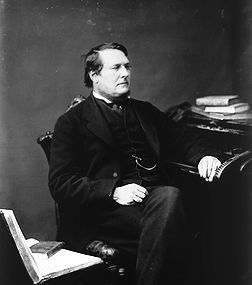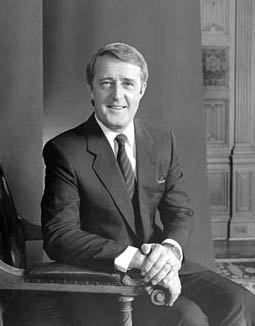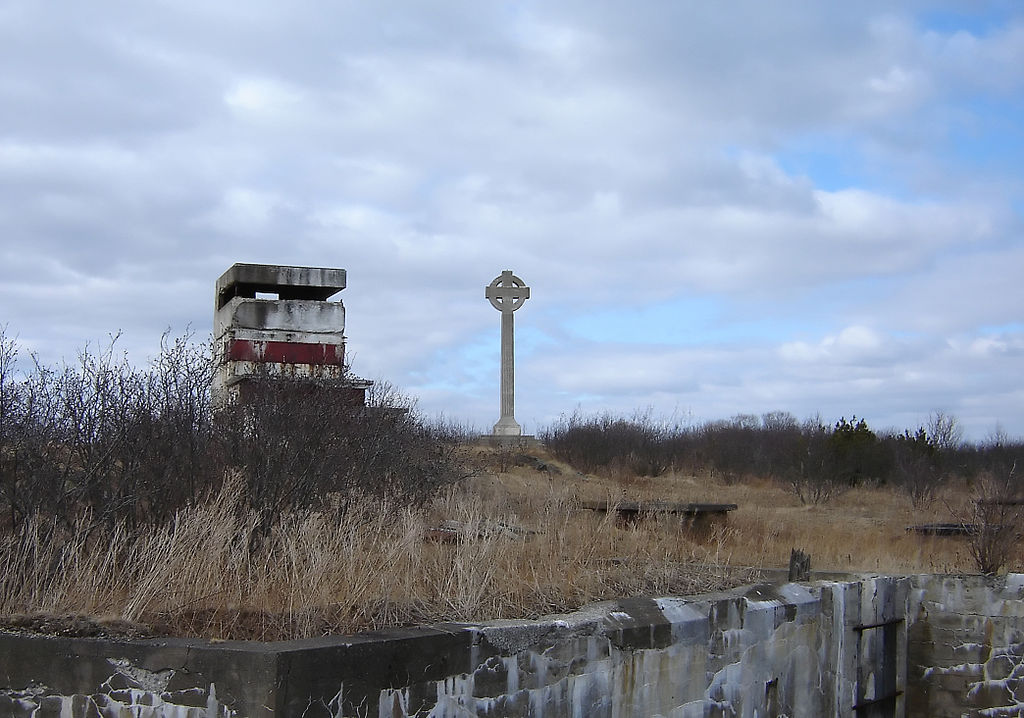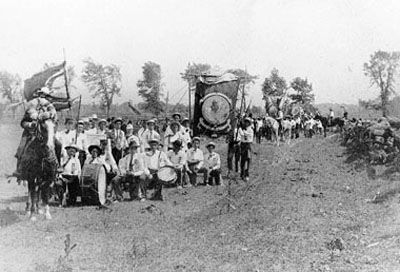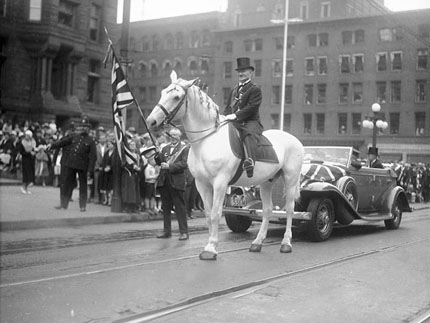The Irish have played an important role in the history of Canada. From their early settlements in Newfoundland, to the larger waves of migrations in the 19th century and the present, the Irish have been ever-present in the Canadian landscape. Irish Canadians have contributed to Canadian society and its economy, and the Irish-Canadian identity continues to be expressed and celebrated.
According to the 2021 census, 4,413,120 Canadians reported having Irish origins.
Overview
While it has been argued (with little supporting evidence) that Irish explorers such as Brendan the Bold preceded the Norse to Canada, such wishful thinking is not necessary to establish the significance of the Irish contribution to Canada. Since the 17th century, because of the political and military links between France and southern Ireland, the Irish have lived in what is now Canada. The Irish may have constituted as much as 5 per cent of the population of New France. Indeed, some “French-Canadian” and “Acadian” surnames derive from a corruption of Irish names, e.g., Riel (from Reilly), Sylvain (O’Sullivan) and Caissie (from Casey).
There have also been Irish in Newfoundland since the early 18th century, if not before. “Bristol” fishing vessels habitually stopped at Wexford and Waterford to take on provisions and an Irish crew and labourers for the Newfoundland fishery. There is some indication from New France and Newfoundland that among the Irish at this time there existed group consciousness, especially in Newfoundland where the Irish population continued to increase until the middle of the 19th century. During the 18th century, smaller groups of Irish began to arrive in the new British colonies. During the 1760s a group of Ulster Presbyterians settled at Truro, Nova Scotia, and an indeterminate number of Irish were part of the Loyalist migration.
All of the above were precursors of the main waves of Irish immigrants that arrived during the first half of the 19th century. By the 1850s, over 500,000 Irish had immigrated to British North America, although many of them had moved on to the United States (where there were 4 million Irish out of a total population of 24 million) or elsewhere.
Today, the descendants of these Irish immigrants make up at least 12.1 per cent of the Canadian population (4.41 million responses in the 2021 census) and have helped define the meaning of “Canadian.” Because they spoke English , the Irish could participate more directly in Canadian society than many non-English-speaking immigrants, and they brought many values that were Irish in origin to bear on Canadian life.
Many aspects of Canadian life have felt the impact of the Irish mind. Canadian politics has had its share of Irish, including William Warren Baldwin, Edward Blake, Sir Guy Carleton, Benjamin Cronyn, Sir Francis Hincks, John Joseph Lynch, D'Alton McCarthy, Thomas D'Arcy McGee, Sir John Thompson, Daniel Johnson Sr and Brian Mulroney. Other prominent Irish Canadians include businessman Timothy Eaton, suffragist Nellie McClung (née Mooney), writer Morley Callaghan, comedians Catherine O’Hara and Mary Walsh, businessman Eugene O’Keefe and singer-composer Stompin’ Tom Connors.
Migration and Settlement
The migrations of the 17th and 18th centuries had little permanent impact on Canada, except in Newfoundland where many Irish worked as fishermen and lived in the kind of dire poverty they had hoped to escape by migration to New World. Newfoundland had acquired a name in the Irish language — “Talamh an Éisc” (translated as “land of fish”) — a singular distinction in the New World. In the 19th century, the growing population and deteriorating economy of Ireland forced a growing stream of Irish to emigrate, particularly after 1815. Simultaneously the economy of the mainland colonies of British North America expanded, offering better opportunities for immigrants.
A large number of the early Irish who migrated first settled in the Maritimes, but then migrated further inland when their financial means allowed them. By the 1830s, Nova Scotia, New Brunswick, Prince Edward Island and Upper and Lower Canada had significant Irish populations. The Irish tended, unlike the Scots or English, to remain in the ports, such as Halifax and Saint John. Halifax was home to a large and permanent population by the middle of the 19th century. They provided cheap labour in the cities, as well as working on the many public construction projects underway in the period, such as the Rideau and Lachine canals (see Canals and Inland Waterways). Even in rural districts, many Irish preferred to seek employment instead of, or in addition to, setting up farms. Cumberland County in Nova Scotia, Kings, Queens, Carleton and Northumberland counties in New Brunswick, Queens in Prince Edward Island, and virtually the whole of Upper Canada east of Toronto and north of the older Loyalist settlements were notably Irish in composition.
The Great Famine of the late 1840s drove 1.5 to 2 million destitute Irish out of Ireland, and hundreds of thousands came to British North America. These immigrants arrived in large numbers and in poor physical condition, overwhelming the quarantine facilities put into place to prevent the spread of disease. Grosse Île, a station established across from Quebec City, was a site of great loss in this period, and was commemorated in 1909 with the installation of a large Celtic cross, honouring the over 5,000 victims buried on the island, and the over 5,000 buried at sea. This wave was so dramatic that most Canadians erroneously think of 1847 as the time “when the Irish came.” The famine migration (1847‒52) marks the last large movement of the Irish to Canada (see Irish Famine Orphans in Canada). The famine immigrants tended to remain in the towns and cities; and by 1871, the Irish were the largest ethnic group in every large town and city of Canada, with the exceptions of Montreal and Quebec City.
The “Famine Irish,” supplied cheap labour that helped fuel the economic expansion of the 1850s and 1860s, were not well received. They were poor and the dominant society resented them for the urban and rural squalor in which they were forced to live. Yet, the Famine Irish had another characteristic: the propensity to immigrate to the US. Many had arrived at Canadian ports because of the cheaper passage. Some had moved immediately upon arrival, while others worked in Canada for a time before moving south. By the 1860s thousands had left for the US, establishing a tradition that remained unbroken well into the 20th century. As a result, in Canada today “Irish” districts and communities are generally those that were established before the Famine. For example, in the Maritimes, only Saint John has a significant Famine Irish element. In 2016, Ontario has the largest population of Irish (2 095 465 peoples) outside the Atlantic Provinces (381 620 peoples). By the 20th century, there was a significant Irish community in Winnipeg and in a few rural districts of Manitoba, but the impact of the Irish in the West has not been as important as in the East.
Social and Cultural Life
An important feature of the Irish, both in Ireland and in Canada, is that they have been divided into two distinct groups based on faith. The division between Roman Catholic and Protestant Irish is considered so fundamental that they are often treated as two ethnic groups. Although it is common practice to refer to Irish people as either Catholic (see Catholicism) or Protestant (see Protestantism), religion itself has never been much more than the easiest determinant of a group affiliation that consists of many factors. The Catholics perceive themselves to be the representatives of the original inhabitants of Ireland, while the Protestants represent the Scots and English colonists who arrived in Ireland during various periods after 1196, but most significantly in the Tudor era. It is perhaps a mistake to generalize too much about the Protestant Irish, as they were not a homogenous group. The Protestant Irish included members of the Church of Ireland (Anglican), Presbyterian and Methodists. Up to the 1830s, the majority of the Irish who migrated to British North America were Protestant. In the United States these Irish distinguished themselves from their Catholic counterparts by describing themselves as Scotch Irish, a term that was used only sporadically in Canada.
Because the Catholics were socially and politically disadvantaged in Ireland, they arrived in Canada with few advantages other than a familiarity with the English language and British institutions, and so had to begin further down the economic and social ladder than the other British groups. The Catholic Irish brought with them a strong connection with the Roman Catholic Church. It was a faith that they shared with the Highland Scots and French Canadians. The Church provided the Catholic Irish with a strong institutional and community base in which to ease their integration into Canadian society. Likewise the Church itself adapted to the large Irish presence, creating an English-speaking hierarchy that was largely Irish in its composition by the early 1900s.
The Protestant Irish, in contrast, generally had more money and found it significantly easier to re-establish themselves as farmers. Their earlier arrival in Canada when land was more easily accessible aided them in this process. They became one of the most agrarian of groups in 19th-century Canada. Because their religion made them more acceptable to the dominant society, they were able to move much more freely in Canadian society.
Both groups were rich in cultural traditions, but with significant differences. The Catholic Irish tended to keep alive traditions of being Irish whereas the Protestants tended to glory in their contributions to British civilization. The Famine served as a pivotal moment in the Irish experience and with the rise of Irish nationalism in the 19th century began to serve as an example of the ills of British rule. It resonated in Canada as well for those who felt the same. The erection of a cross at Grosse Îsle in 1909 by the Ancient Order of Hibernians was a pivotal political movement, and while Irish nationalism in Canada began to decline, the memory of the Famine continued to hold. The 150th anniversary in 1997 brought about a series of new commemorations of the Famine, including a new memorial on Grosse Île.
Social Conservation
The Protestant Irish tended to stress the importance of the British connection and faith in order to distance themselves from their Catholic compatriots. The Orange Order was a Masonic style secret society (see Freemasonry) established in Ireland in order to preserve the Protestant faith and British rule (seen as inextricably linked) was essential in Canada as a vehicle by which the Protestant Irish could gain acceptance from their Scots and English neighbours. Individual Orange Order lodges existed throughout the British North American colonies from the early part of the 19th century. The Order was consolidated in 1830 as the Grand Lodge of British North America. While the order existed in all the Canadian provinces, it was particularly powerful in Ontario, New Brunswick and Newfoundland. Membership in the Order was often a vehicle for political success. The celebration of “Orangeman’s Day” on 12 July, the anniversary of the Protestant/British victory over the Catholics/Irish at the River Boyne in 1690, was celebrated by the Order, and used as a symbol of their political and social strength. There were many incidences in the 19th century when the Orange parade turned into episodes of public violence, notably in Toronto and Montreal. It was only in the late 1940s that the Order began to decline in popularity.
There were other Irish voluntary associations established throughout Canada that provided the means for the Irish to maintain their culture and identities. Some like the Benevolent Irish Society of Newfoundland (established in 1806 and still in existence) were created as non-sectarian organisations designed to serve all Irish. Others, such as the St Patrick’s Society of Montreal (established 1834) began as non-denominational, but eventually confessionalized.
Over the past 150 years, the term “Irish” has acquired a Catholic connotation. The Catholic Church, the institutional bedrock of the Catholic Irish community in Canada, laboured to gain acceptance for its people. The Catholic Church in the early 19th century was overwhelmingly French Canadian, so when more significant numbers of Irish Catholics began settling in British North America, the Church had to adapt. This included the recruitment of priests who spoke English and Gaelic, mostly from Ireland, to serve them. Later on in the 19th century the recruitment expanded to include other religious orders (Nuns and Brothers) to serve the growing Irish community.
Canada’s Catholic Church was very conservative in character, and heavily influenced by the Ultramontane movement, which was characterized by the consolidation of all aspects of life, secular and religious, within the control or influence of the Church. This included the creation of lay voluntary societies based in each parish under the leadership of the local priest, such as literary societies, charities and labour organizations. Some secular organizations were co-opted and put under Church control. The St. Patrick’s Society of Montreal, which was founded as a secular society, became Catholic in 1856. Their Protestant members were then compelled to form the Irish Protestant Benevolent Society to maintain their own interests.
The presence of a growing English-speaking faithful presented a challenge to the French-speaking portion of the Catholic Church, particularly in Quebec. The Church saw itself as a bulwark against modernism and the English-speaking Protestant majority, and identified the retention of French as a part of their mission. English-speaking Catholics were a problem. While the Church was willing to provide their faithful with Irish priests, they were not open to the idea of separate services or parishes.
In the 1860s Montreal’s Bishop Ignace Bourget decided to turn St. Patrick’s Church into a canonical bilingual parish serving the small geographical area around the church. Montreal’s Irish Catholic community, which helped build the church in 1847, did not live in St. Patrick’s environs, and felt that they were losing their church, and community. A delegation led by Thomas Ryan (who became a Senator in 1867) and Thomas D’Arcy McGee went to Rome to plead their case. They won, earning the recognition of St. Patrick’s as an Irish parish within the same bounds of the parish of Notre-Dame. This recognition of “ethnic” churches paved the way for the establishment, first for the Irish, then for other immigrant Catholic groups of separate worship for linguistic and cultural groups within the Catholic Church.
Manifestations of Irish nationalism or sympathy with nationalists in Ireland were rarely compatible with Canadian institutions like the Roman Catholic Church, or with the Canadian government. For the Irish in the US, there was no such problem because there it was possible to be a good Irishman, a good Catholic and a good American. In Canada, where citizenship remained British for so long, it was extremely difficult to be Irish politically and a good citizen as well.
With Ireland’s tumultuous political situation through the late 19th and early 20th centuries, there were many times that Canada’s Irish population found themselves viewed as suspect or disloyal. For example, the Fenian Brotherhood, whose aim was to free Ireland by force of arms, was very popular among the Irish in the US, but in Canada, the Fenians (though few in number) were considered seditious by the government, were considered dangerous by the Protestants, and were viewed as an embarrassment by the Catholic Church and by respectable Catholic Irish. Fenians raids from the US against British North America inspired hostility towards the Catholic Irish and provoked testaments of loyalty from the church and from ‘respectable’ Catholic Irish. The later and more benign Ancient Order of Hibernians was also dedicated, if less violently, to the cause of Irish nationalism, but it too fell afoul of the Catholic Church.
Legacy
The Irish have left their mark on Canada’s cultural landscape. St. Patrick’s Day, while only a recognized holiday in Newfoundland (as is Orangeman’s Day), still holds a strong significance for Canadians. A parade has been held annually in Montreal since 1824, and Toronto has held one since at least 1863 (though it was banned from 1878 to 1988). Other cities have hosted St. Patrick’s Day parades or other celebrations in honour of Ireland’s patron saint, both formally and informally. Most Canadian cities have Irish clubs or associations which promote Irish culture and sociability.
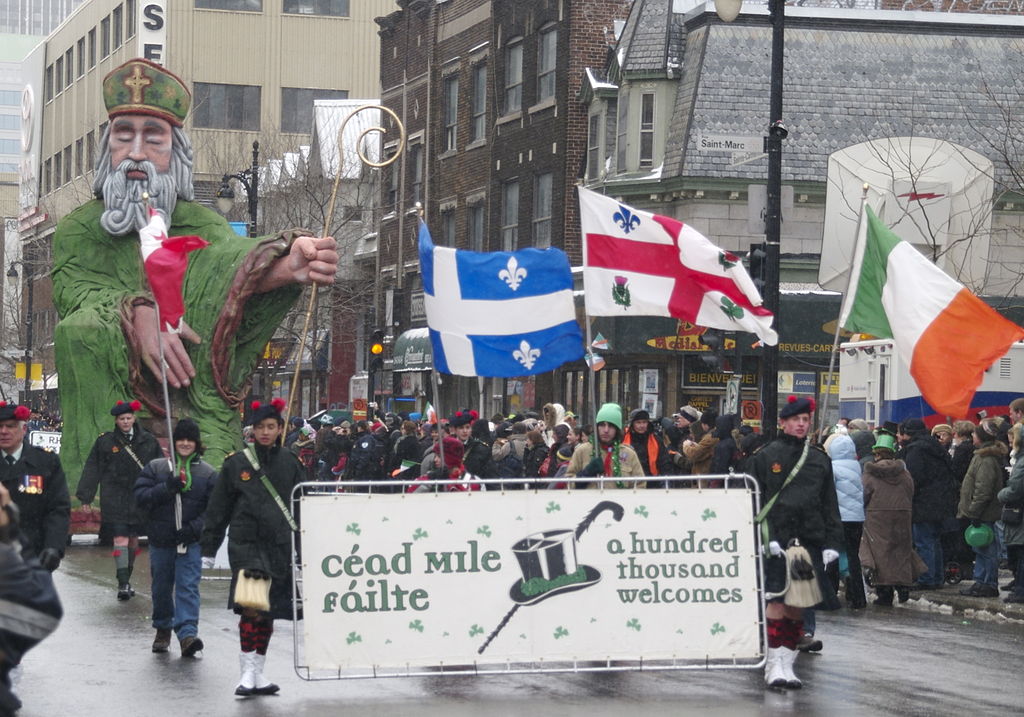
See also Irish Music in Canada; Griffintown

 Share on Facebook
Share on Facebook Share on X
Share on X Share by Email
Share by Email Share on Google Classroom
Share on Google Classroom

